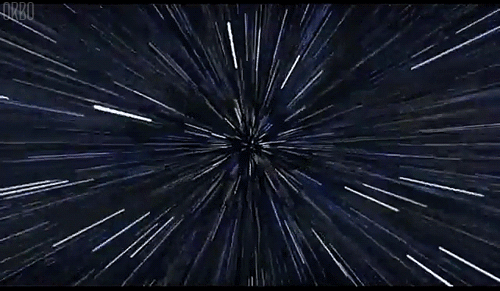This ‘helical engine’ may actually violate the laws of physics and be able to propel a spacecraft close to 186,000,000 MPH!
Such technology could theoretically carry a spacecraft to Mars in a mere 13 minutes
The following written content from Michelle Starr

When it comes to space, there’s a problem with our human drive to go all the places and see all the things. A big problem. It’s, well, space. It’s way too big. Even travelling at the maximum speed the Universe allows, it would take us years to reach our nearest neighbouring star.
But another human drive is finding solutions to big problems. And that’s what NASA engineer David Burns has been doing in his spare time. He’s produced an engine concept that, he says, could theoretically accelerate to 99 percent of the speed of light – all without using propellant.
He’s posted it to the NASA Technical Reports Server under the heading “Helical Engine“, and, on paper, it works by exploiting the way mass can change at relativistic speeds – those close to the speed of light in a vacuum. It has not yet been reviewed by an expert.
Understandably this paper has caused buzz approaching levels seen in the early days of the EM Drive. And yes, even some headlines claiming the engine could ‘violate the laws of physics’.
The ‘Helical Engine’ model. (Credit: luismmolina/iStock)
But while this concept is fascinating, it’s definitely not going to break physics anytime soon.

As a thought experiment to explain his concept, Burns describes a box with a weight inside, threaded on a line, with a spring at each end bouncing the weight back and forth. In a vacuum – such as space – the effect of this would be to wiggle the entire box, with the weight seeming to stand still, like a gif stabilized around the weight.
Overall, the box would stay wiggling in the same spot – but if the mass of the weight were to increase in only one direction, it would generate a greater push in that direction, and therefore thrust.
According to the principle of the conservation of momentum – in which the momentum of a system remains constant in the absence of any external forces – this should be not completely possible.
But! There’s a special relativity loophole. Hooray for special relativity! According to special relativity, objects gain mass as they approach light speed. So, if you replace the weight with ions and the box with a loop, you can theoretically have the ions moving faster at one end of the loop, and slower at the other. Read more from Brighter





